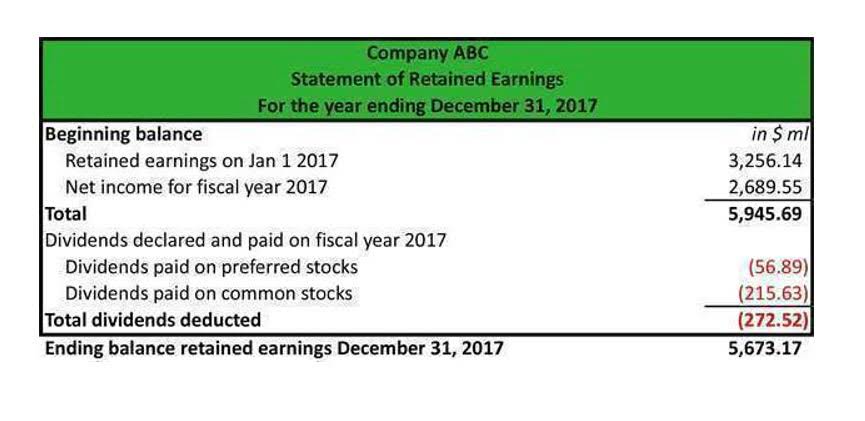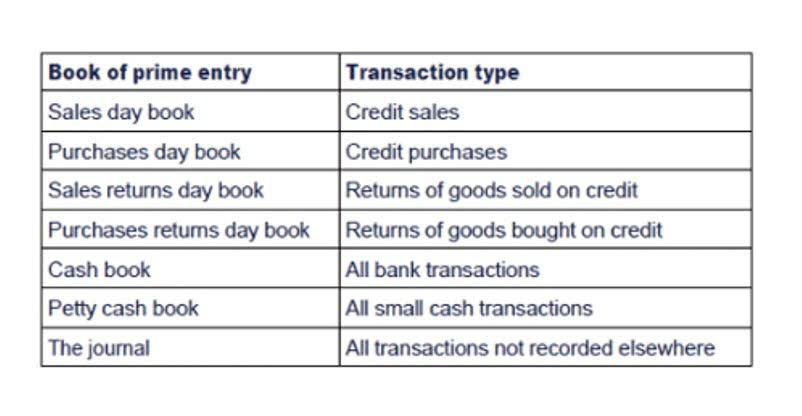
Regardless of how the accounting equation is represented, it is important to remember that the equation must always balance. This number is the sum of total earnings that were not paid to shareholders as dividends. A long-term liability is a debt that must be paid back over a period longer than one year.
Balance Sheet and Income Statement
- Assets include cash and cash equivalents or liquid assets, which may include Treasury bills and certificates of deposit (CDs).
- From the Statement of Stockholders’ Equity, Alphabet’s share repurchases can be seen.
- Senior IC practitioners are likely not the right path in the door for sellers of GenAI accounting and workflow products.
- It is used to transfer totals from books of prime entry into the nominal ledger.
Owner’s or stockholders’ equity also reports the amounts invested into the company by the owners plus the cumulative net income of the company that has not been withdrawn or distributed to the owners. When a company purchases goods or services from other companies on credit, a payable is recorded to show that the company promises to pay the other companies for their assets. This equation sets the foundation of double-entry accounting, also known as double-entry bookkeeping, and highlights the structure of the balance sheet. Double-entry accounting is a system where every transaction affects at least two accounts. Shareholders’ equity is the total value of the company expressed in dollars.
Effects of Transactions on Accounting Equation

It must always balance and the fundamental accounting equation, assets equals liabilities plus equity, provides the basis for the recording of all business transactions. Each transaction must be recorded so that the equation is in balance once the processing has taken place. The income statement is the financial statement that reports a company’s revenues and expenses and the resulting net income. While fundamental accounting equation the balance sheet is concerned with one point in time, the income statement covers a time interval or period of time. The income statement will explain part of the change in the owner’s or stockholders’ equity during the time interval between two balance sheets. The accounting equation is based on the premise that the sum of a company’s assets is equal to its total liabilities and shareholders’ equity.
Data collection and ingestion
Since Speakers, Inc. doesn’t have $500,000 in cash to pay for a building, it must take out a loan. Speakers, Inc. purchases a $500,000 building by paying $100,000 in cash and taking out a $400,000 mortgage. This business transaction decreases assets by the $100,000 of cash disbursed, increases assets by the new $500,000 building, and increases liabilities by the new $400,000 mortgage.
Let’s add transaction #3:
The most common types of long-term liabilities are bonds and mortgages. Fixed Assets are long-term assets that a company owns and uses in the production of its goods or services. These assets usually have a life span of more than one year and include things such as land, buildings, equipment, and patents. However, equity can also be thought of as investments into the company either by founders, owners, public shareholders, or by customers buying products leading to higher revenue. During the month of February, Metro Corporation earned a total of $50,000 in revenue from clients who paid cash.
- Common examples include inventory, account receivables and PP&E (property, plant and equipment).
- In the above transaction, Assets increased as a result of the increase in Cash.
- We also show how the same transaction affects specific accounts by providing the journal entry that is used to record the transaction in the company’s general ledger.
- In this form, it is easier to highlight the relationship between shareholder’s equity and debt (liabilities).
- After almost a decade of experience in public accounting, he created MyAccountingCourse.com to help people learn accounting & finance, pass the CPA exam, and start their career.
How Does the Accounting Equation Differ from the Working Capital Formula?

The amount of liabilities represents the value of the business assets that are owed to others. It is the value of the assets that people outside the business can lay claim to. Metro Corporation collected a total of $5,000 on account from clients who owned money for services previously billed. Metro Corporation earned a total of $10,000 in service revenue from clients who will pay in 30 days. Finally, a cash flow statement can be produced for the period and reports the change in cash balances between periods.
Company worth
This is because creditors – parties that lend money such as banks – have the first claim to a company’s assets. These may include loans, accounts payable, mortgages, deferred revenues, bond issues, warranties, and accrued expenses. Although the balance sheet always balances out, the accounting equation can’t tell investors how well a company is performing. Assets represent the valuable resources controlled by a company, while liabilities represent its obligations. Both liabilities and shareholders’ equity represent how the assets of a company are financed. If it’s financed through debt, it’ll show as a liability, but if it’s financed through issuing equity shares to investors, it’ll show in shareholders’ equity.
Notice that each transaction changes the dollar value of at least one of the basic elements of equation (i.e., assets, liabilities and owner’s equity) but the equation as a whole does not lose its balance. Accountants use the language of debits and credits to describe the recording of transactions, but it is more important to understand how they impact assets, liabilities and equity. A business may take out a bank loan of 5m, cash will increase by 5m and liabilities will also increase by 5m. The accounting method under which revenues are recognized on the income statement when they are earned (rather than when the cash is received).







